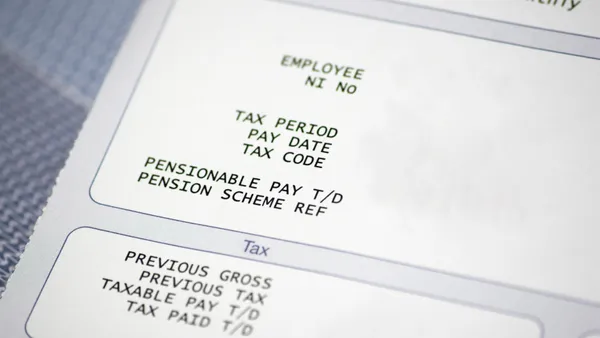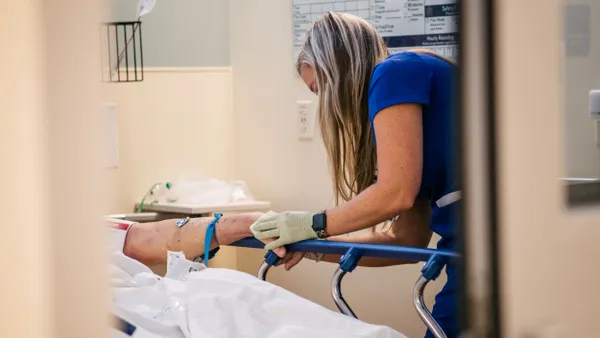Dive Brief:
- A new study may put the breaks on the popular notion that consumers can save large chunks of money if they become smarter healthcare services shoppers, according to a Kaiser Health News report.
- The analysis, by the Health Care Cost Institute (HCCI), zeroed in on how much consumers paid out of pocket with comparison shopping. Turns out that less than 7% of out-of-pocket spending in 2011 fell into the “shoppable” services category for consumers.
- The study also found that 43% of the $524.2 billion in total U.S. healthcare spending overall in that same year went to so-called "shoppable" services – procedures like non-emergency hip and knee replacements, colonoscopy, flu shots and blood tests (consumers’ out-of-pocket spending on those services made up $37.7 billion, the study found).
Dive Insight:
Amanda Frost, a co-author of the study and a senior researcher at HCCI, told Kaiser Health News that the percent of total spending that consumers could affect came as a surprise. With such modest gains, designing systems around "uber shopper" consumers may not make much difference overall.
Rather, added David Newman, executive director of the HCCI and study co-author, with such a low return on investment, effectively lowering healthcare costs should be on employers, insurers, providers and regulators. Newman cited reference-based pricing as a possible solution, one in which employers draw the line on payment for unevenly priced healthcare services.
“Employers and insurers know where the low prices are,” Newman told Kaiser Health News. “When you see somebody who’s gone in for back pain and they know is a candidate for back surgery, that’s the time to intervene.”










